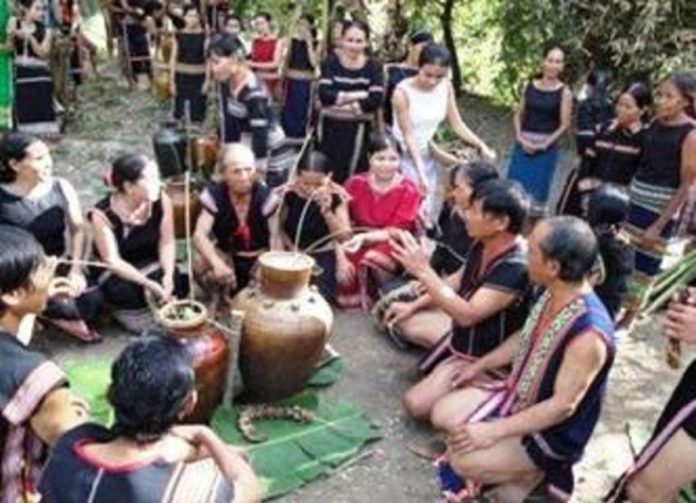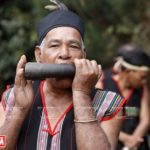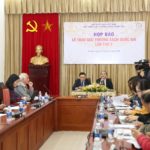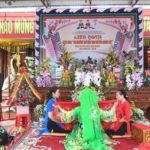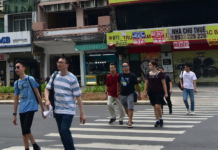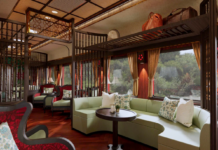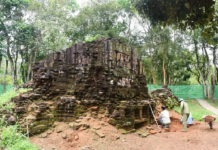The Thanksgiving for deities can be organized at the communal scale for all villagers or within the family.
Đinh Ply of K’Bang district says Ba Na people organize a ritual to thank deities for protecting them during a task. When the task is completed, they organize a Thanksgiving within the family. It’s a small ceremony with some offerings such as fruits, flowers, meat, and liquor.
“For example when we return safely from a trip or finish a piece of business, we thank the deities for blessing us with good luck and making things go smoothly,” Dinh Ply says.
A communal Thanksgiving engages all the families in the village. One month before the event, all the villagers meet to discuss what they will do. Heavy work, such as repairing the Rong house and preparing pigs and chickens, are undertaken by men. Women do lighter work such as cooking and preparing worship offerings. The patriarch and senior villagers choose a date for the ceremony, according to Dinh Ply.
“We choose a good day to hold the Thanksgiving. It should be the most convenient day for the most people – a day when many of them don’t have to work. We inform the villagers so can they arrange their personal business and participate in the community work.”
During the planning meeting, offerings to the deities are carefully discussed. Normally they will offer chickens, pigs, or goats. If the village has previously held a peace praying ceremony, they offer a buffalo for the Thanksgiving. All other kinds of offerings are contributed according to each family’s financial condition.
The community Thanksgiving is held in the 12th lunar month, when people have finished their farm work and grains have been stored in warehouses. In the morning, on behalf of the villagers, the village chief stands in front of the tray of offerings in the Rong house to read the prayer to invite the deities to the ceremony.
“We ask the deities to bless all the people with good health and help sick people get well soon. If we have some important work to do, we ask the Gods to help us with it”, says Dinh Tinh of K’Bang district.
The ritual takes about an hour. All the villagers attend the ceremony to convey their wishes for peace, happiness, and sufficiency to the deities.
Their prayers are accompanied by a gong performance. Ba Na people believe that a Neu tree, which is a bamboo pole erected in the center of the ceremony, and gongs summon the Gods to the village. They are mediums that connect human beings with the Gods and convey their wishes.
Bac Lieu culture-tourism week kicks off
The Bac Lieu culture-tourism week kicked off in Bac Lieu city, the Mekong Delta province of Bac Lieu on November 20.

